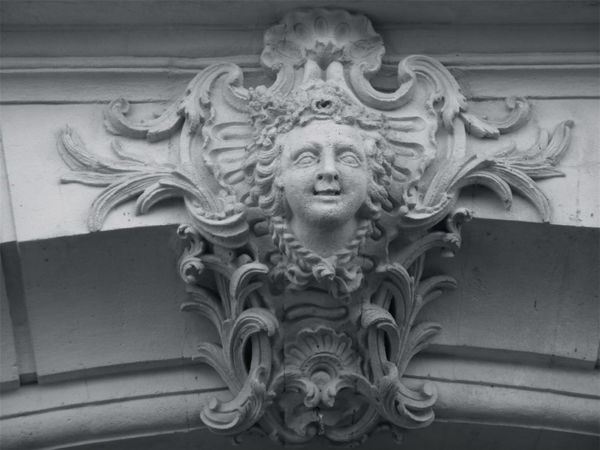
04.08.2020
Styles – Confidential and bespoke real estate office
At Styles, you will find separate properties, chosen for you in a coherent offer
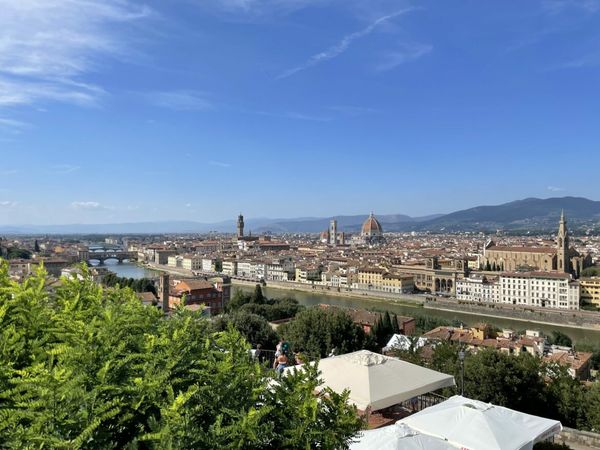
20.11.2021
Tuscany … A myriad of images, sensations and places, but also a unique way of life in the world. Just mentioning this Italian region blessed by the gods is enough to make you want to take the road to Florence.
Exceptionally harmonious landscapes, cities of art with rich museums, generous soil, sun and sea: this small territory of barely 22,000 km2 contains as many treasures as many countries in the world.
Its exceptionally rich political and cultural history has given Italy its language. Authors such as Dante, Boccaccio, Petrarch, politicians such as Cosmo the Elder, Machiavelli, Catherine de Medici and artists such as Fra Angelico, Botticelli, Leonardo da Vinci, Michelangelo ensure its greatness and splendour with international influence.
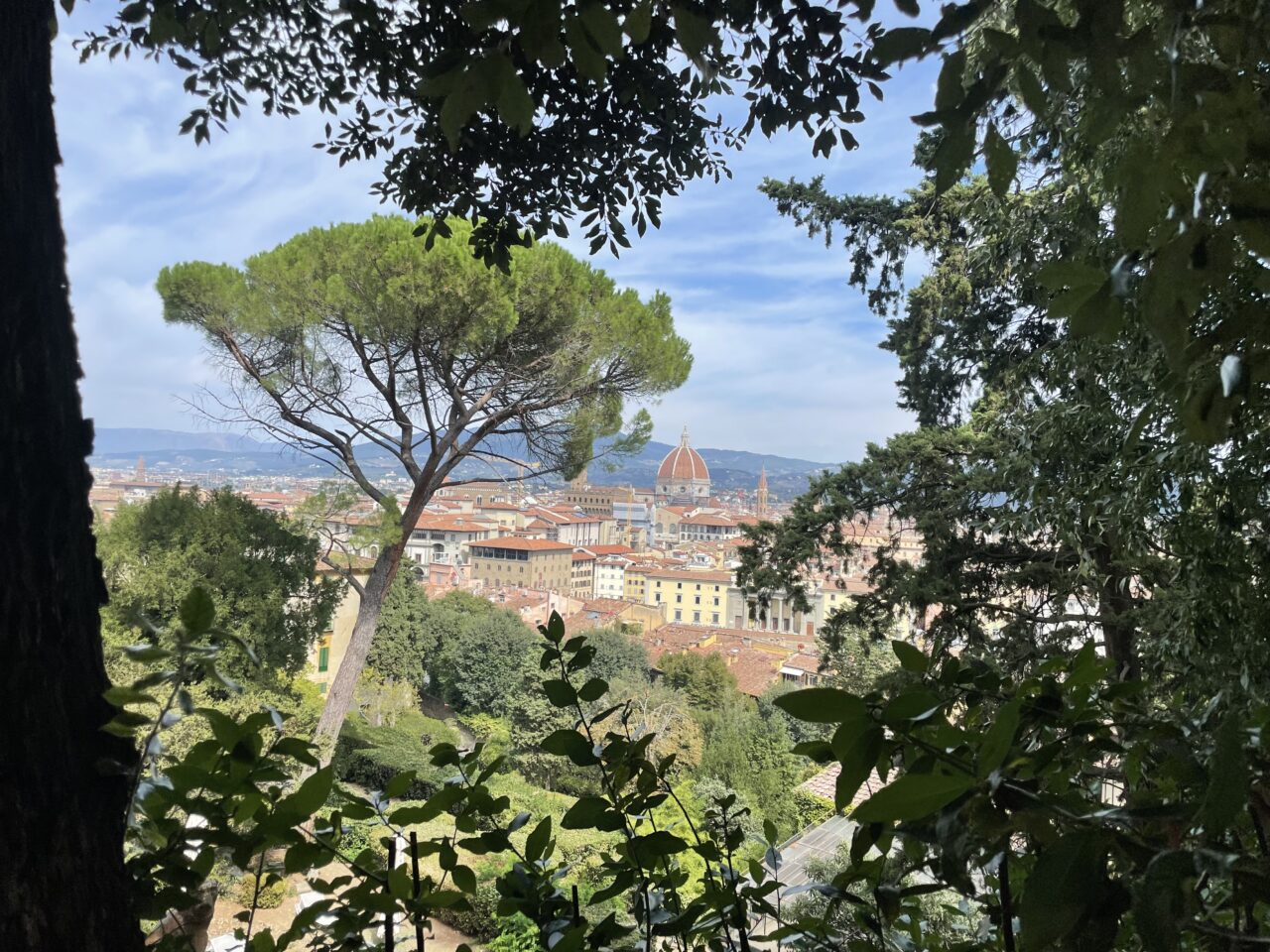
Do you know?
The word "Tuscany" appeared in the 10th century, derived from the ancient "Tuscia" which, from the 3rd century onwards, designated the ancient Etruria, the territory of the Etruscans or Tuscia, between the Tiber and the Arno.
Tuscany corresponds more or less to the ancient Etruria of the 7th century BC. The people of the region – the Etruscans – were defeated by a new city on the rise: Rome. Under the Romans and after the new order of Augustus in the 7th century BC, the region of Etruria also included parts of Umbria and Lazio.
After the fall of Rome, Tuscany was occupied by the Lombards in the second half of the 5th century, who founded the Duchy of Tuscia.
The Carolingians settled there from 774 onwards, and the region took the name of Tuscany with Lucca as its capital.
On the death of Bonifacio II in 1052, power passed to his wife, Beatrice of Lorraine, and then to his daughter Matilda “The Great Countess”, who organised the meeting between Gregory VII and the Emperor Eric IV in 1077 in the castle of Canossa.
Before her death in 1115, Countess Matilda ceded all her possessions to the Church, which led to a series of claims by the Emperors of the Holy Roman Empire.
Indeed, the Empire sent a series of its representatives to Tuscany. But at this time many Tuscan cities took a stand against the two contendenti, the Pope and the Emperor. They declared themselves independent and began to resist.
This is how the Tuscan Communes were born, which later became kingdoms and then real states (Florence, Siena, Pisa, Lucca, etc.).
These were the real history of Tuscany until the second Medici restoration in 1530.
The restoration by Charles V marked the end of the republican regime in Florence and gave rise to a regional state.
This new organisation was opposed to deep roots in the city and the region, definitively rejecting the particularistic spirit that dominated the Florentine republic of 1527-1530.
It was Alexander de’ Medici, Duke of Florence from 1532 onwards, who worked to eradicate the last forces of the old lords who supported the fallen republic.
After the latter’s assassination in 1537, Cosimo increased his political power by formally keeping some republican centres alive, but in fact emptying them and removing their control from all the great families.
Cosimo I obtained from Pope Pius V in 1569 the title of Grand Duke of Tuscany.
He consolidated Florence’s power over the whole region, winning the war against Siena (1554-1555) and intervening in the internal politics of Lucca (1546).
In fact, although the Republic of Lucca retained its autonomy, it remained isolated by being excluded from the Florentine region, as were Massa and Carrara, Piombo, the State of the Garrisons and the county of Pitigliano.
Cosimo’s rule over the rest of the region was established without further subtlety, with a centralised structure, even though legally and administratively the territory was divided between the “old state” (Florence and its territories) and the “new state” (Siena).
After the death of the Grand Duke, Ferdinand I (1587-1609), took over the energetic policy of Cosimo I, and Tuscany showed itself to be influential in European politics, facing up to Spanish hegemony, thanks to a rapprochement with France (Francis’s daughter, Mary, married Henry IV).
Between 1609 and 1670, the Grand Duchy went through a phase of stagnation and a strong weakening on the international level. Spain took control of the Grand Duchy’s foreign policy. Economically, the obvious phase of regression was accentuated under the two subsequent grand dukes, Cosimo III (1670-1723) and Gian Gastone (1723-1737).
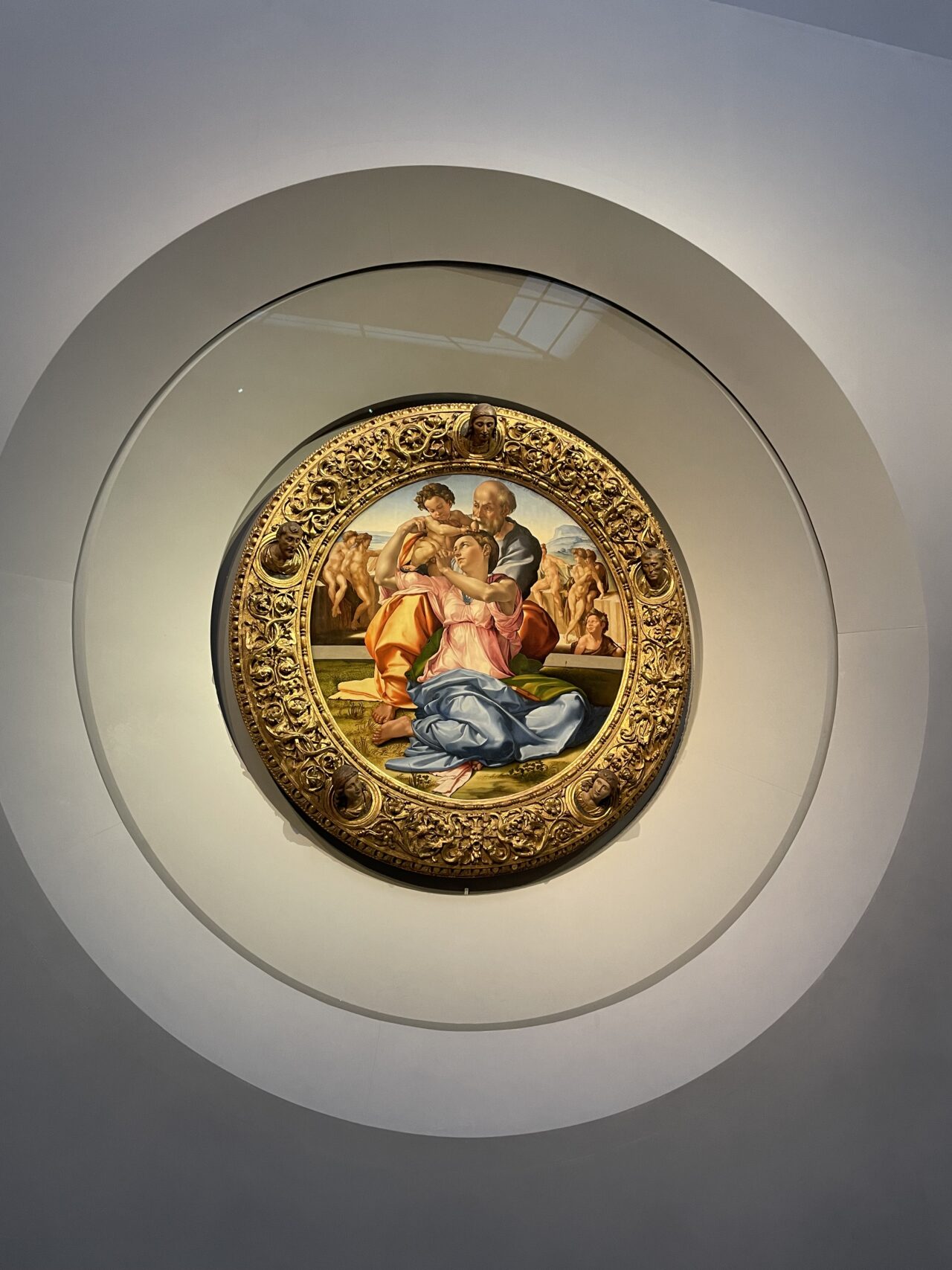
With the extinction of the Medici dynasty, the region was assigned first (1718) to Charles, the son of Philip V of Spain, and then came under the rule of Francesco Stefano de Loraine (1737-1765), husband of the future Empress Maria Theresa.
Under the new dynasty, the Grand Duchy, even though reduced to the status of a province of the Austrian Empire, benefited from the enlightened reforms of the Habsburgs: abolition of customs taxes and strong stimulation of Tuscan agriculture.
Occupied by France in 1799, it was then reconquered by the Austrians, and Tuscany was assigned, on the basis of the Treaty of Luneville, to Ludovico of Bourbon (1801-1803), with the name of Kingdom of Etruria.
However, when it was annexed to the Napoleonic Empire (1807), it was reconstituted as a grand duchy for Elise Bonaparte Baciocchi (1809-1814).
Napoleonic rule brought reforms and administrative improvements until 1814, when, after a brief occupation by Murat’s troops, the Congress of Vienna returned the grand duchy to Ferdinand III.
Under Leopold II (1824-1859), despite reactionary pressure from Austria, the tolerant climate made Tuscany a refuge for political exiles from other Italian states and the centre of a liberal reform movement.
In 1848, after the establishment of the constitutional regime, Grand Duke Leopold II had to allow the participation of his regular troops and volunteers in the first war of independence against Austria. After the failure of the military campaign, however, there was a strong democratic movement even in this region, and a new ministry called for the convening of a national constituent assembly in Rome. After the intervention of the Austrian armies (in July 1849), there was a break between the moderates and the Grand Duke, with the development of Mazzini’s groups.
With the war of 1859, Leopold’s rule underwent a definitive crisis, which forced him into exile (27 April 1859), while in Florence the provisional government of Ubaldino Peruzzi offered the region to Vittorio Emanuele II. The latter accepted, for reasons of international politics. Following the armistice of Villafranca, he imposed the monarchical sabauda, defined on 15 March 1860 by plebiscite.
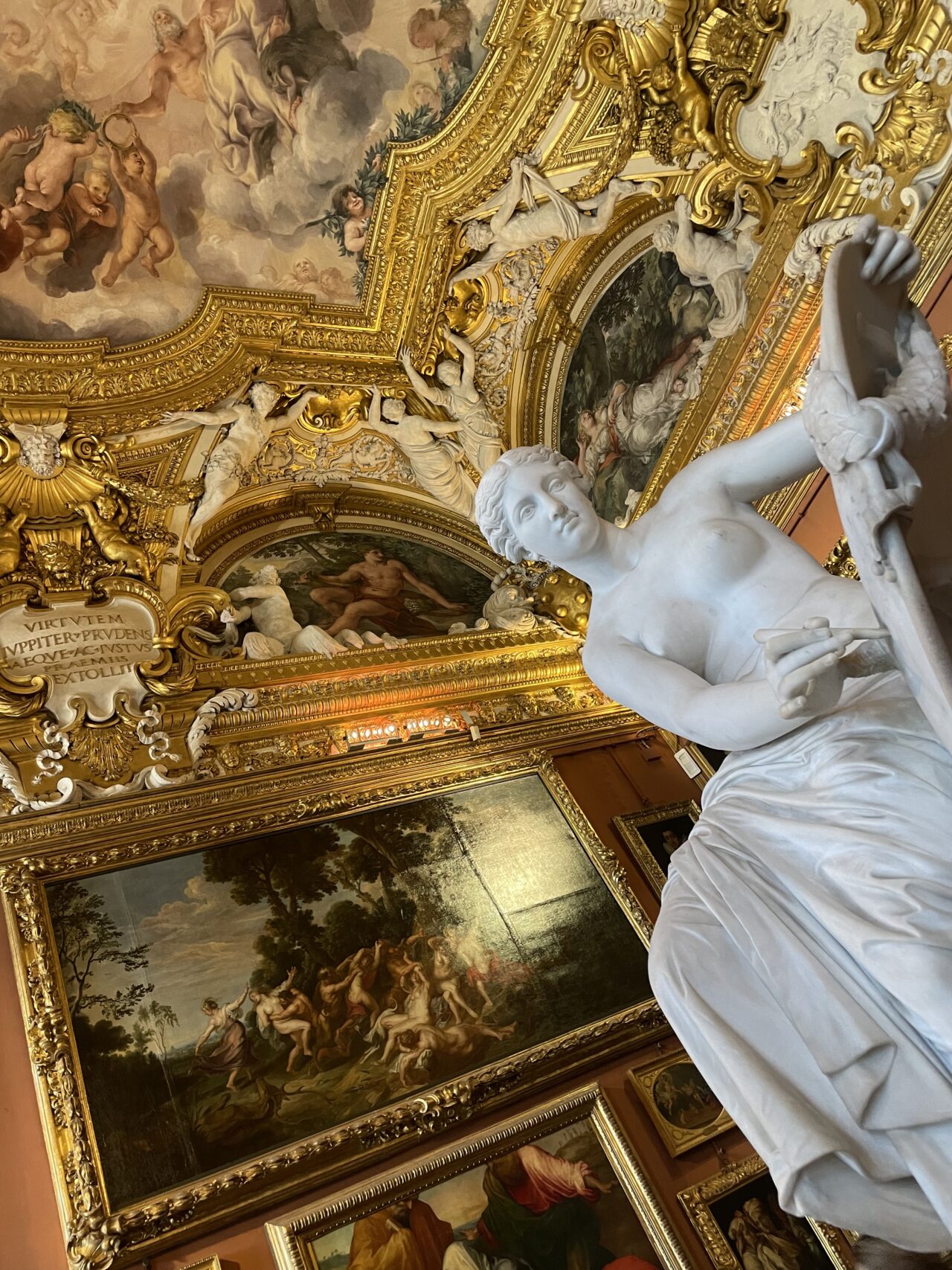
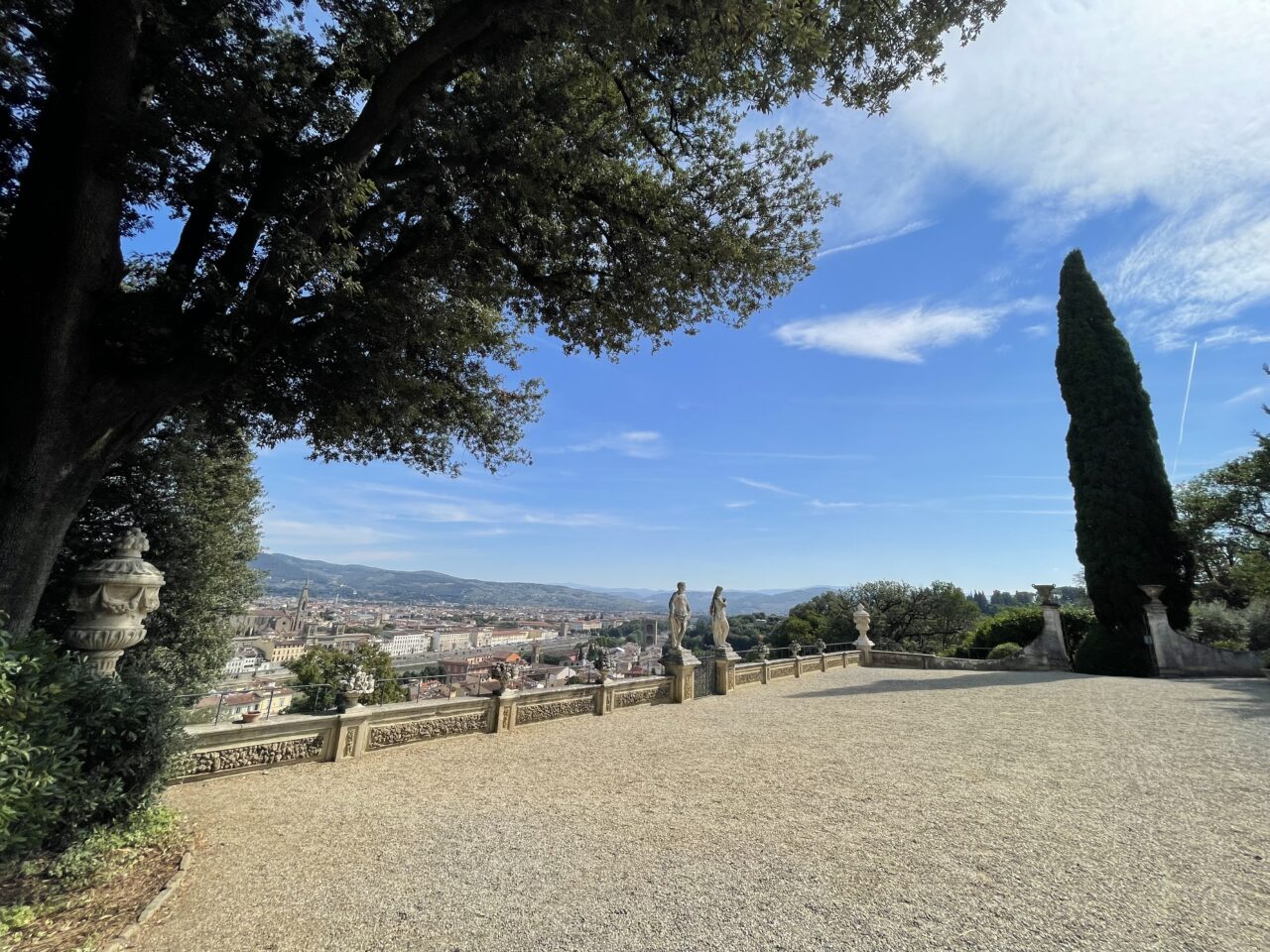
Everyone knows that Florence is one of the most beautiful cities in Italy. The Tuscan capital has one of the highest densities of artistic treasures on the planet. It’s enough to make you dizzy… Stendhal knew something about it with his famous syndrome. But Florence is not just an open-air museum. You can eat (well), drink (very well) and have fun (too).
The city has the greatest concentration of artistic masterpieces in the world!
Among the most famous are the Cathedral of Santa Maria del Fiore (Duomo), of course, its dome and Museo dell’Opera, Giotto’s bell tower, Ghiberti’s baptistery and gates, Palazzo Vecchio and Piazza della Signoria, which sums up the history of Florence. Not forgetting the Ponte Vecchio, the emblem of Florence, which spans the Arno River…
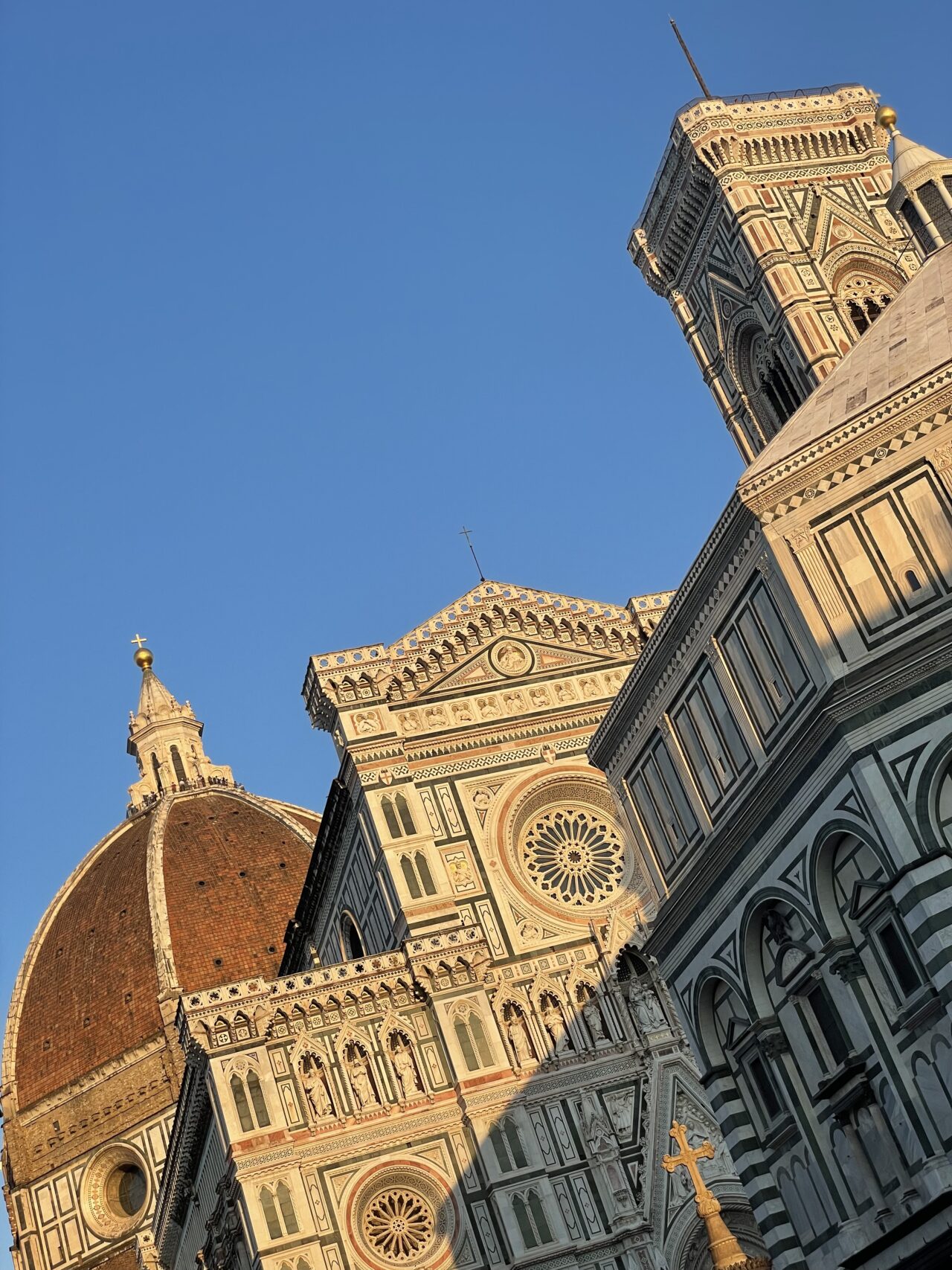
The Duomo district is home to one of the most beautiful museums in the world! It is here that we find the famous Spring and Birth of Venus by Botticelli. But also Leonardo da Vinci, Michelangelo, Raphael, Titian, Caravaggio, Mantegna and so on…
Italian painting obviously takes the lion’s share, particularly that of the Renaissance. The Galleria degli Uffizi is full of universally known masterpieces.
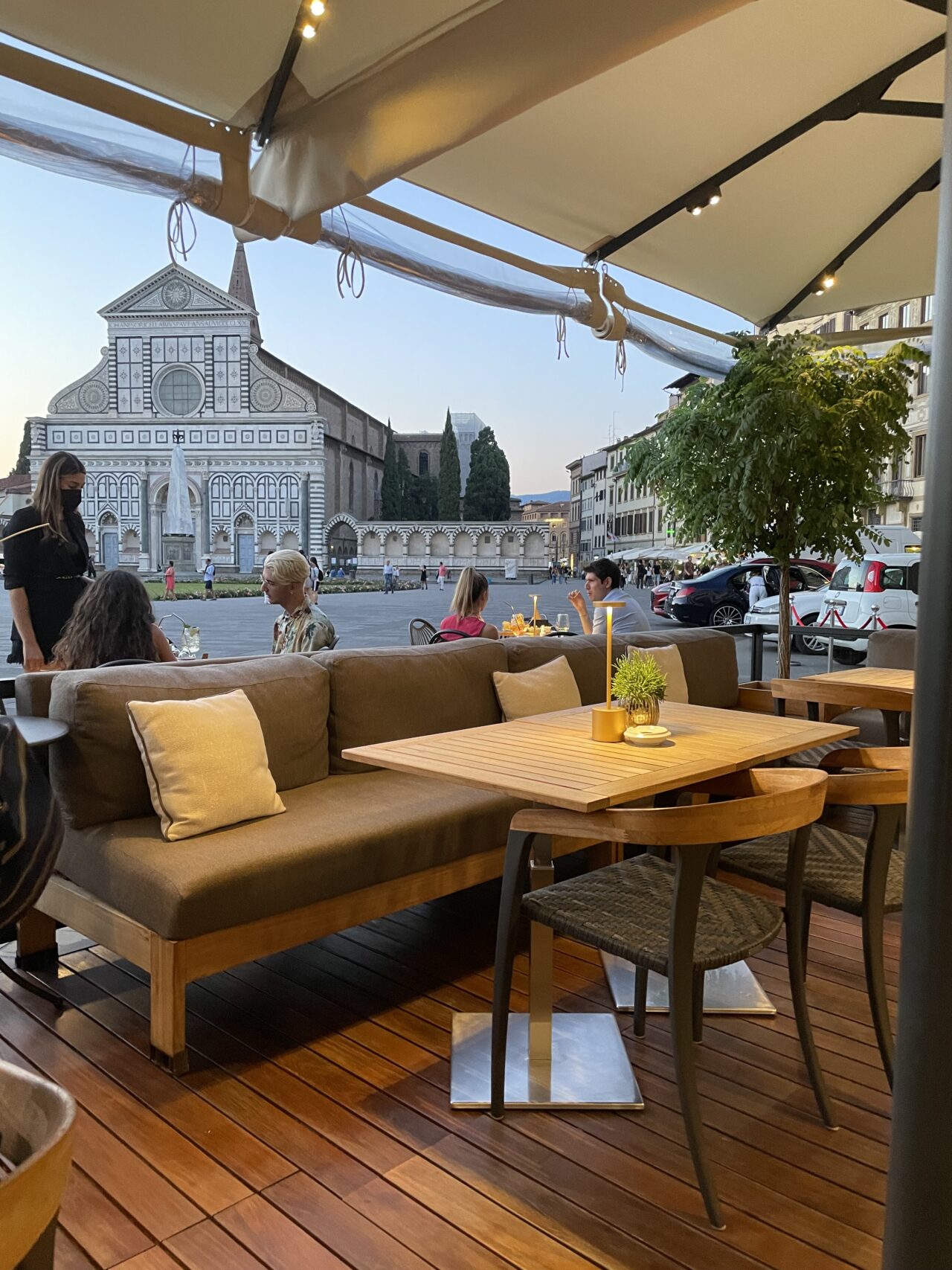
To whet your appetite, head for the San Lorenzo market, in the district of the same name. Under the 19th century halls, a living conservatory of Tuscan gastronomy.
More than 1,000 stalls where you can find (and taste) excellent quality cold meats, meats, fruit and vegetables in a lively atmosphere. Also in the area, the church of San Lorenzo, built by Brunelleschi, and the Medici chapels, built by Michelangelo.
Do you know?
Tripe is one of the Florentine specialities. In the past, there were many itinerant tripe sellers in Florence, but today you can enjoy this very local delicacy at the stalls in piazza dei Cimatori or piazza di Porta Romana, or at the San Lorenzo market.
If offal is not your thing, try other Florentine specialities such as ribollita (vegetable soup with black cabbage), pappa al pomodoro (tomato breadcrumbs) or bistecca, a thick slice of beef to be eaten rare.
Aperitivo: One of the coolest Italian traditions. You have a drink and enjoy all sorts of specialities at the buffet for free. A fashion that started in Piedmont but has been adopted throughout the peninsula.
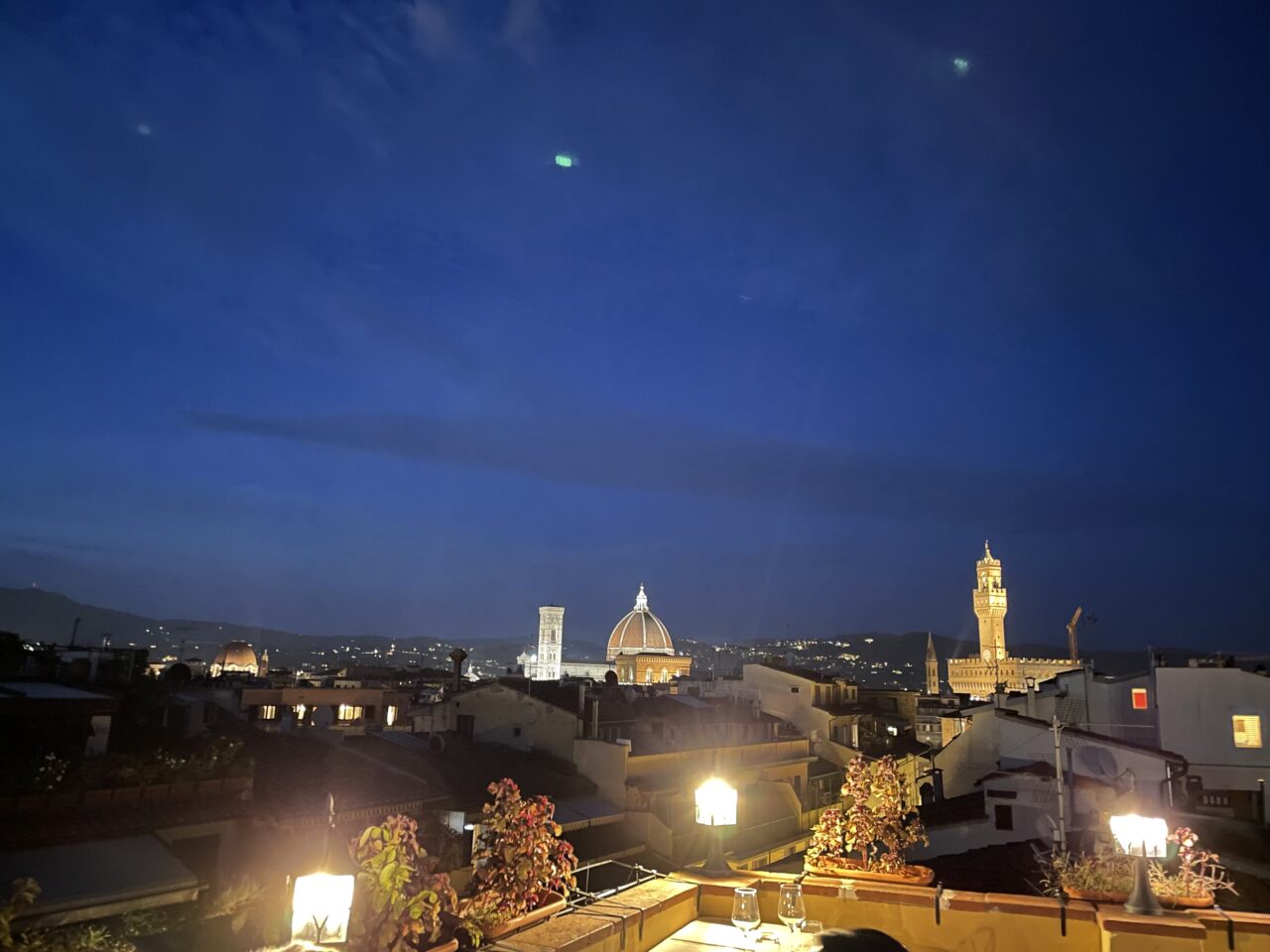
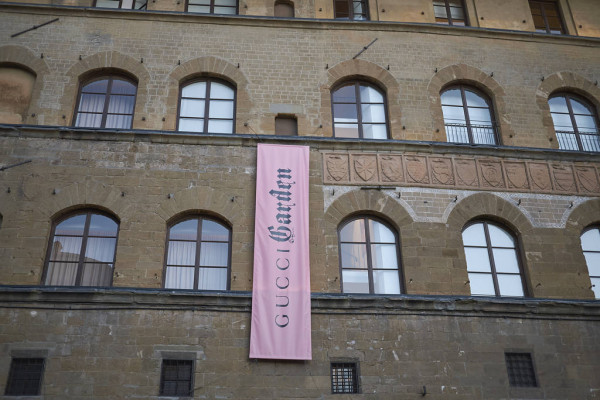
On January 10, 2018, under the vision of Alessandro Michele, Gucci’s creative director, the museum reopened its doors, after many months of closure. Located inside the Palazzo della Mercanzia in Florence’s Piazza Signoria, which dates back to 1337, the Gucci Museum has been open since 2011 and spans several floors.
Now called the Gucci Garden, it includes a boutique with exclusive pieces, an exhibition curated by Maria Luisa Frisa, a rather special gift shop and the Gucci Osteria, run by three Michelin star chef Massimo Bottura.
Vibrant, colourful and beautiful, there is much to see with a series of themed rooms. The exhibition space spans two floors and begins with the ‘Guccification’ room where the iconic double G motif is explored right through to its recent transgressive transformation by artist Trouble Andrew for Gucci Ghost.
The “Paraphernalia” room is dedicated to the characteristic codes and symbols that define Gucci’s identity. The “Cosmorama” room explores Gucci’s historical client and the evolution of the emblem.
On the second floor is ‘De Rerum Natura’, two rooms reminiscent of natural history museums, exploring Michele’s curiosity for animals and gardens. The journey then ends in ‘Ephemera’, a room that composes landscapes of objects, videos and memorabilia that trace the history of the house. In addition, there is a small cinema auditorium covered in red velvet, with a preview of Zeus Machine/Phoenix, a short film by the Zapruder film group. A timely visit, then, just days before the theatrical release of the Ridley Scott film “House of Gucci”.
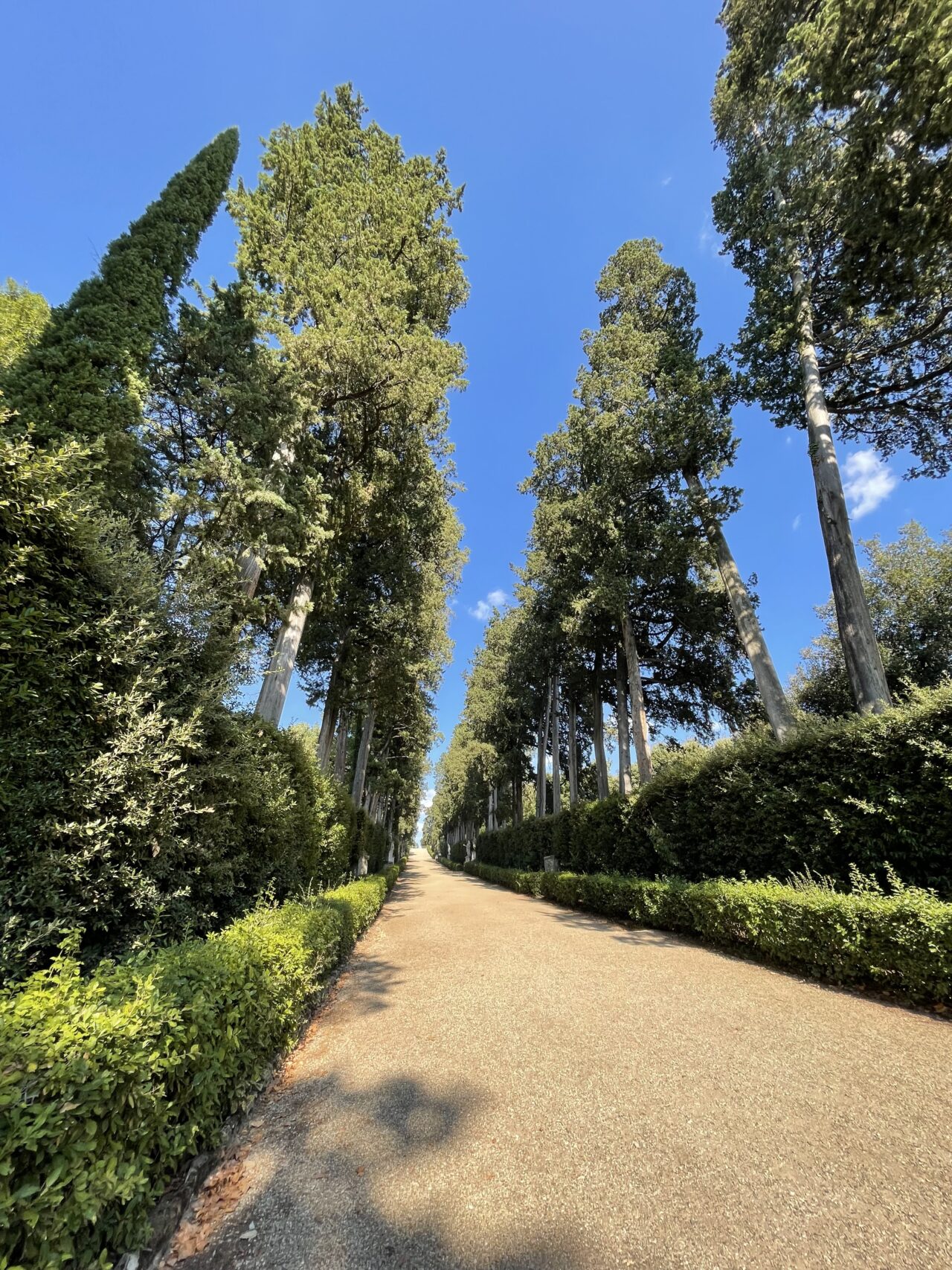
With its legendary cypress avenues, rolling hills and sweet vineyards, Tuscany is an ode to laziness, epicureanism and gourmandise.
Through these few lines, we sincerely hope to have given you the desire to discover or rediscover it!
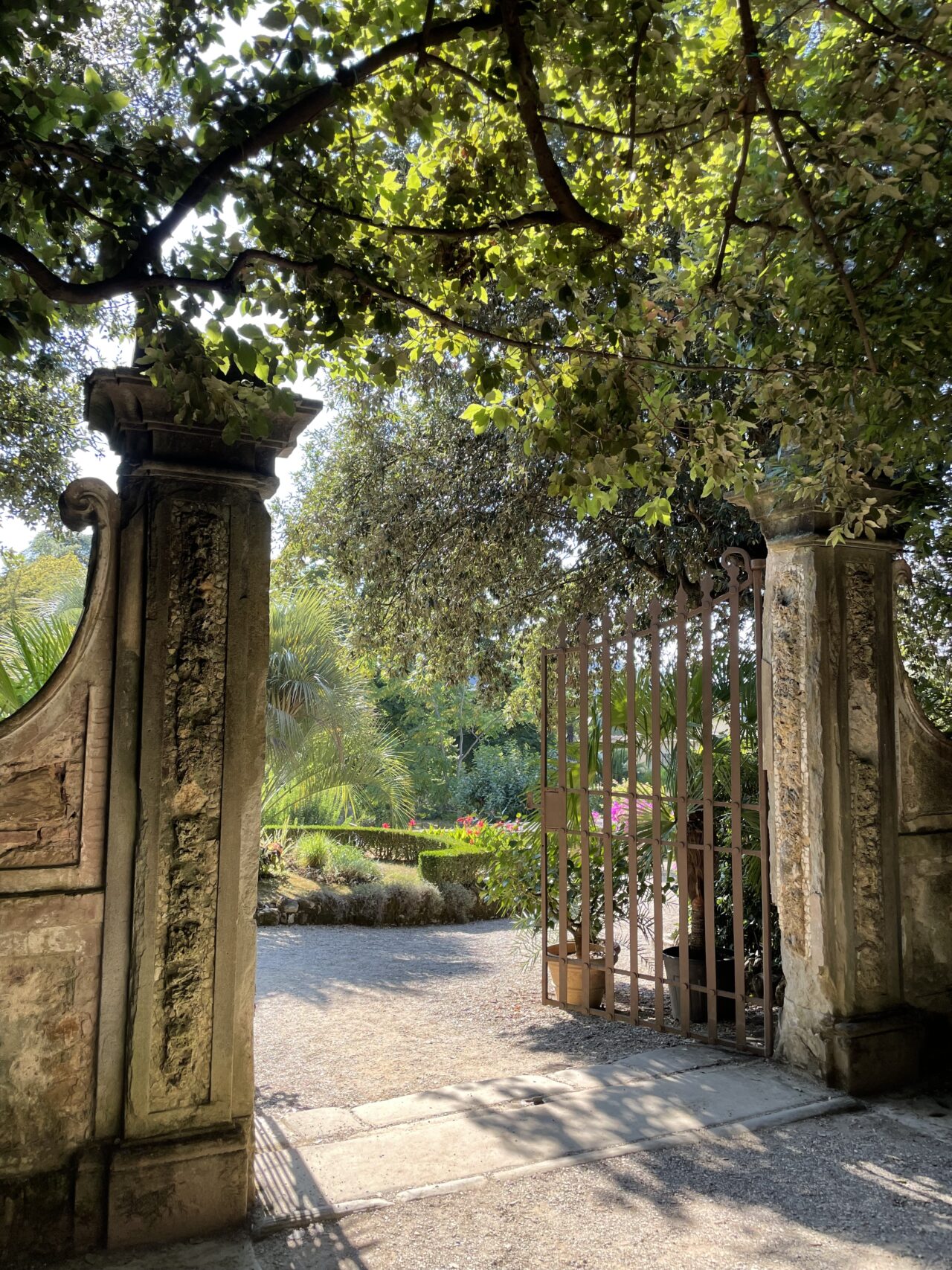
Visita e stupisciti
Santa Maria Novella Perfumery: A dazzling pharmacy open to the public since 1612 and established by the Grand Duke of Tuscany, the Officina Profumo Farmaceutica di Santa Maria Novella in Florence will offer you an incredible olfactory experience. Through a discreet entrance in Via della, you will discover a real enchantment. Gilding, a superb high ceiling, ancient perfume bottles dating from the 13th century, a view of the cloister and its paintings, a sacristy decorated with frescoes by Mariotto di Nardo… The place is unique in the world and almost imposes a respectful silence, due to the monastery.
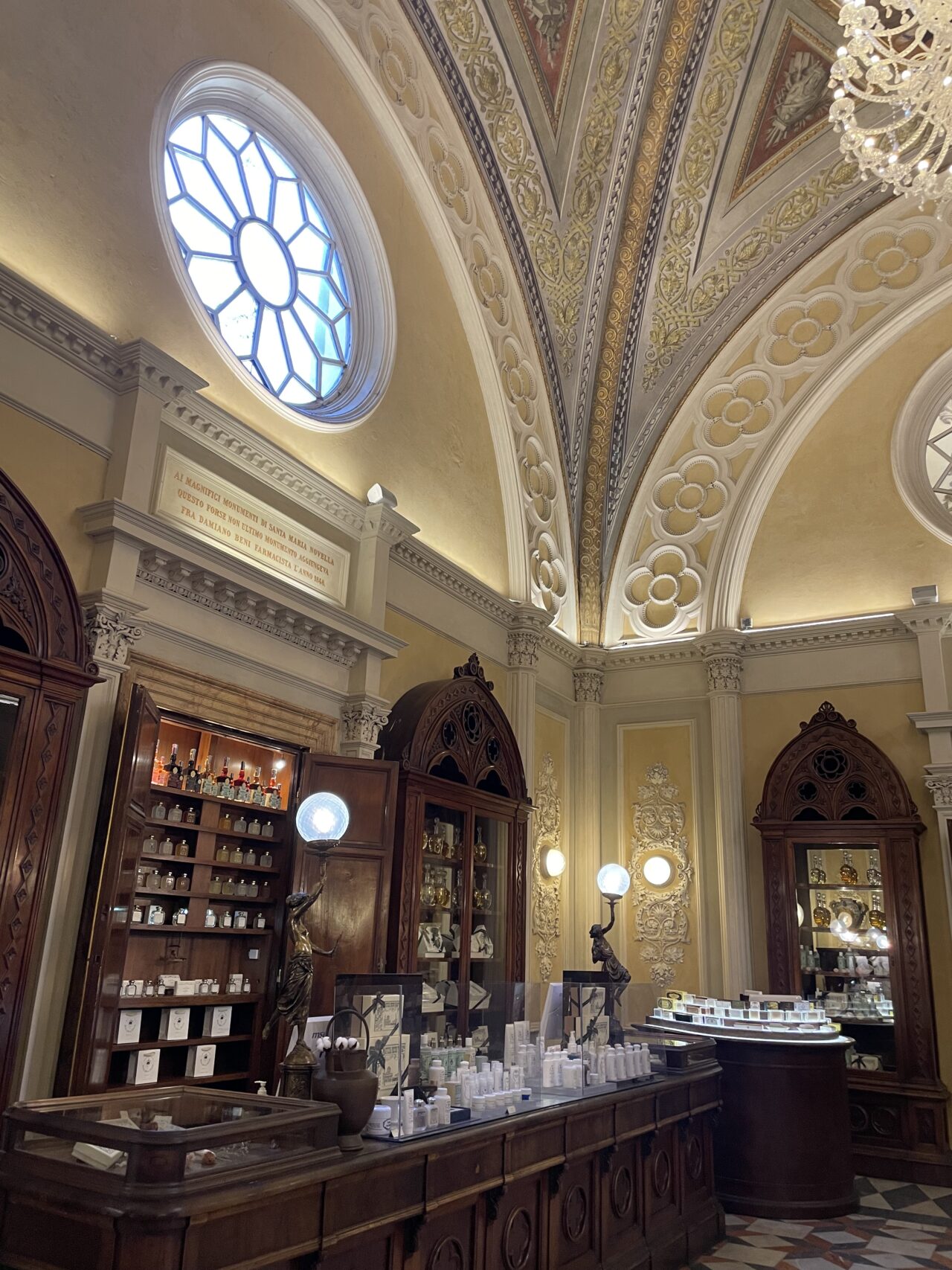
Villa Bardini: Formerly Villa Manadora, Villa Bardini is located on the Costa San Giorgio in Florence. Today, it is an exhibition centre that hosts temporary exhibitions, the Capucci Museum and the Annigoni Museum. A must-see!
The village of Fiesole: Famous for its panorama of the city of Florence (symmetrical to that of San Miniato al Monte), from the promenade under the convent of San Francesco. Stroll through its narrow streets where life is good!
Do you know? Fiesole is generally considered one of the most popular holiday areas for the Italian elite, especially those from Florence. For decades, Fiesole was the richest municipality in Tuscany. Since 2017, it has been dethroned by Lajatico
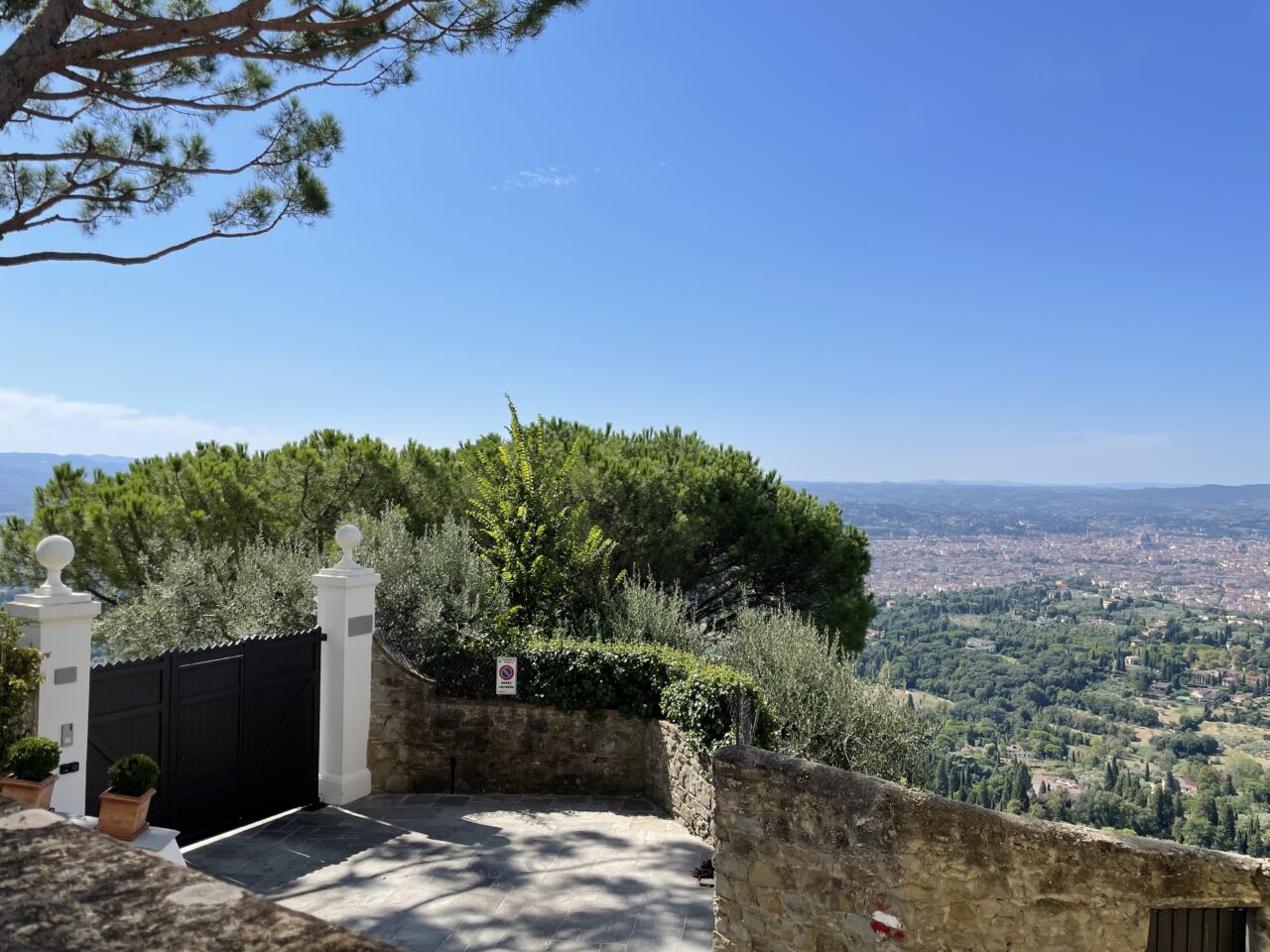
Mangiare e bere
La Scaletta: A panoramic restaurant with a view of the Pitti Palace. Tasty dishes and a typically Florentine atmosphere!
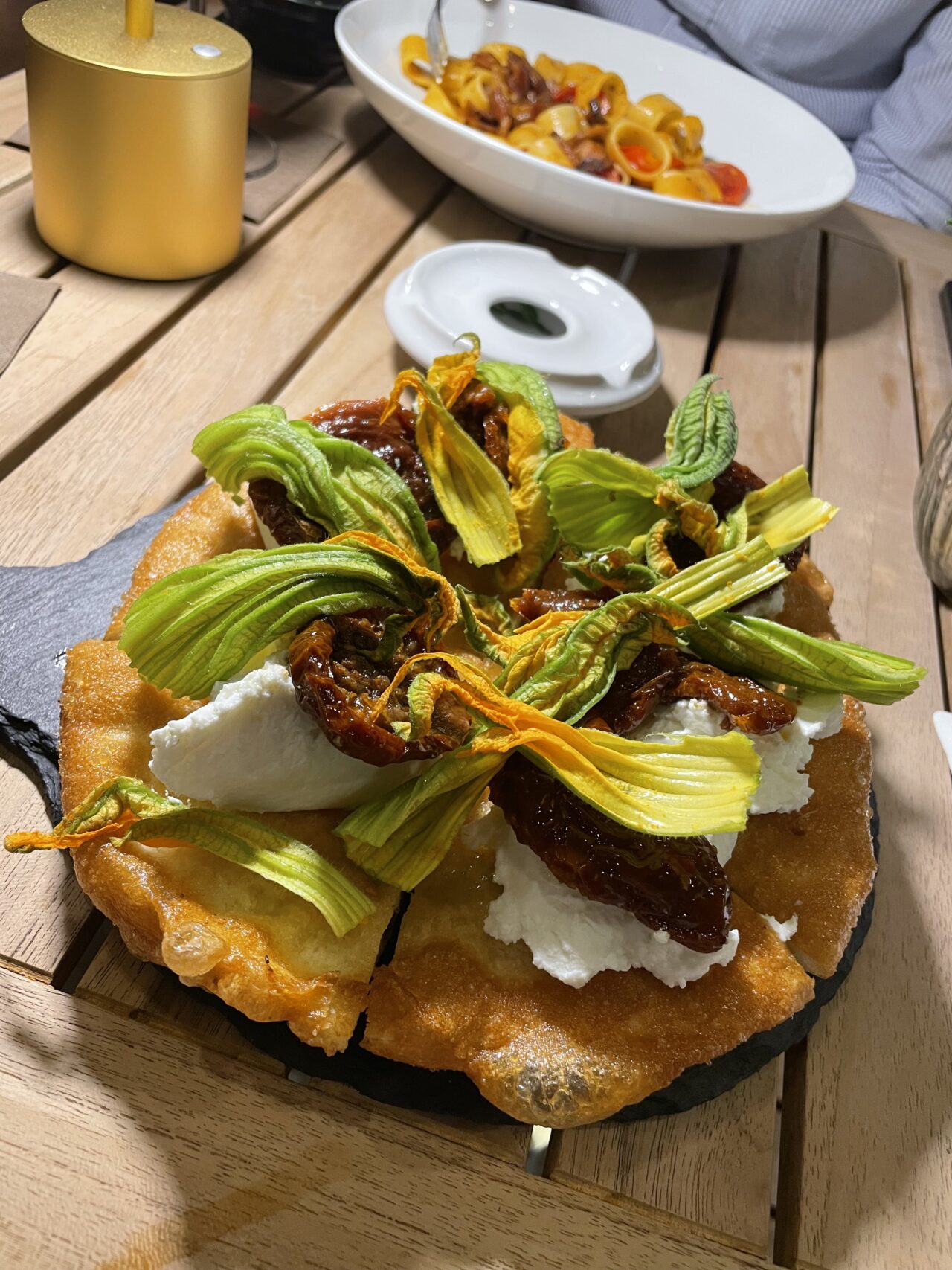
Caffè dell’Oro: An Italian bistro with a sophisticated 50’s decor and a breathtaking view of the Ponte Vecchio.
Wine Store: For a good drink at the end of the day. Our advice? Ask for the terrace overlooking the Arno and Ponte Vecchio.
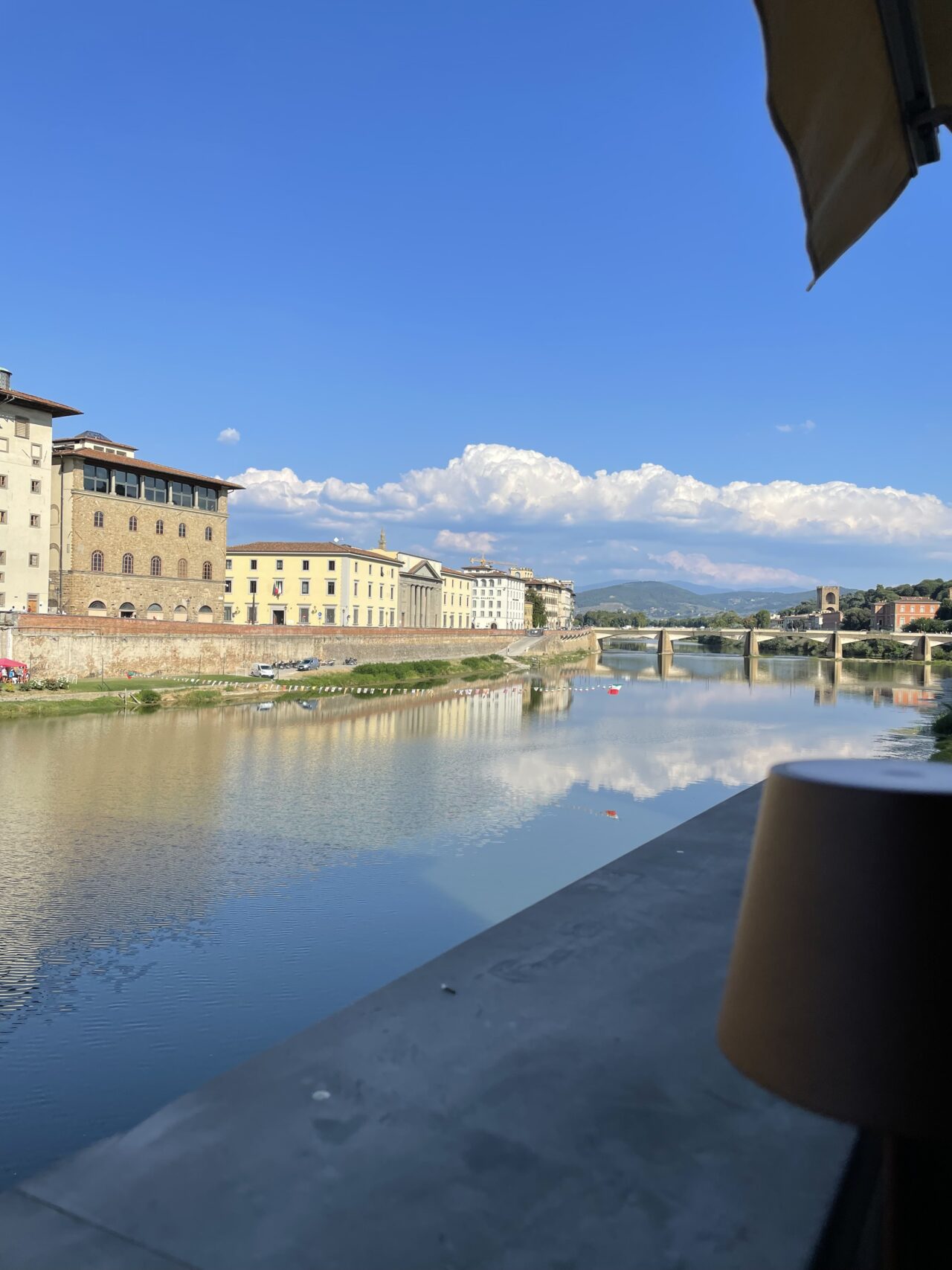
Santa Cocktail Club: Simply the best Spritz in the world! And all infused with herbs! A must! As a bonus, an incredible view of the Santa Maria Novella church.
Osteria Pastella: Delicious pasta. All homemade! We want more!
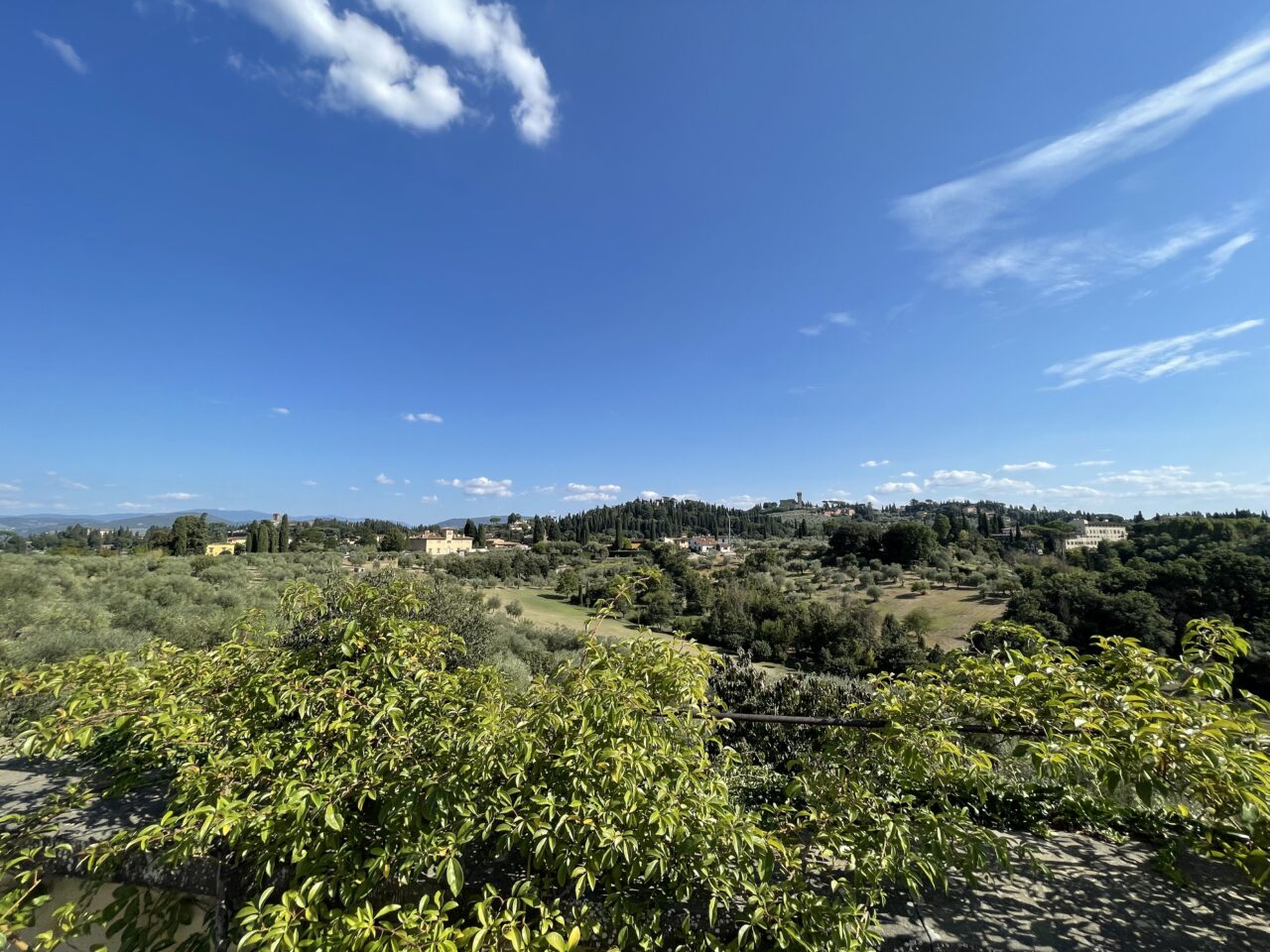
Styles's journal